How Has It Been Six Months Since Taking Delivery of the 718 Cayman T? (Part 1)
公開日:2024.01.15
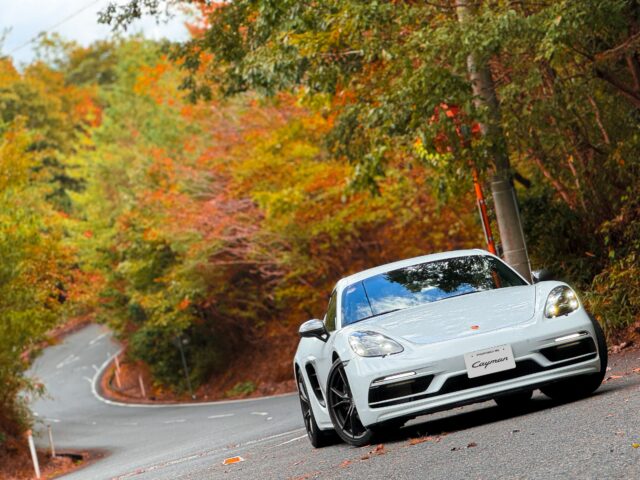
コンテンツ
About six months have passed since taking delivery of the 718 Cayman T, and the mileage has now exceeded around 2,000 km.
While the break-in period isn’t completely over yet, I’ve been on a few short tours, so I thought it’s a good time to share my impressions so far.
The Appeal of the 718 Cayman T, Understood Especially by Carrera T Owners
The charm of the 718 Cayman T lies, above all, in its exquisitely tuned chassis.
It comes standard with PASM Sport, which lowers the ride height by about 1 cm compared to regular PASM Sport and also tightens the damping.
But is it simply that PASM Sport makes it feel good? It’s not that simple.
The Cayman T has a unique tuning finesse that only the ‘T’ can offer.
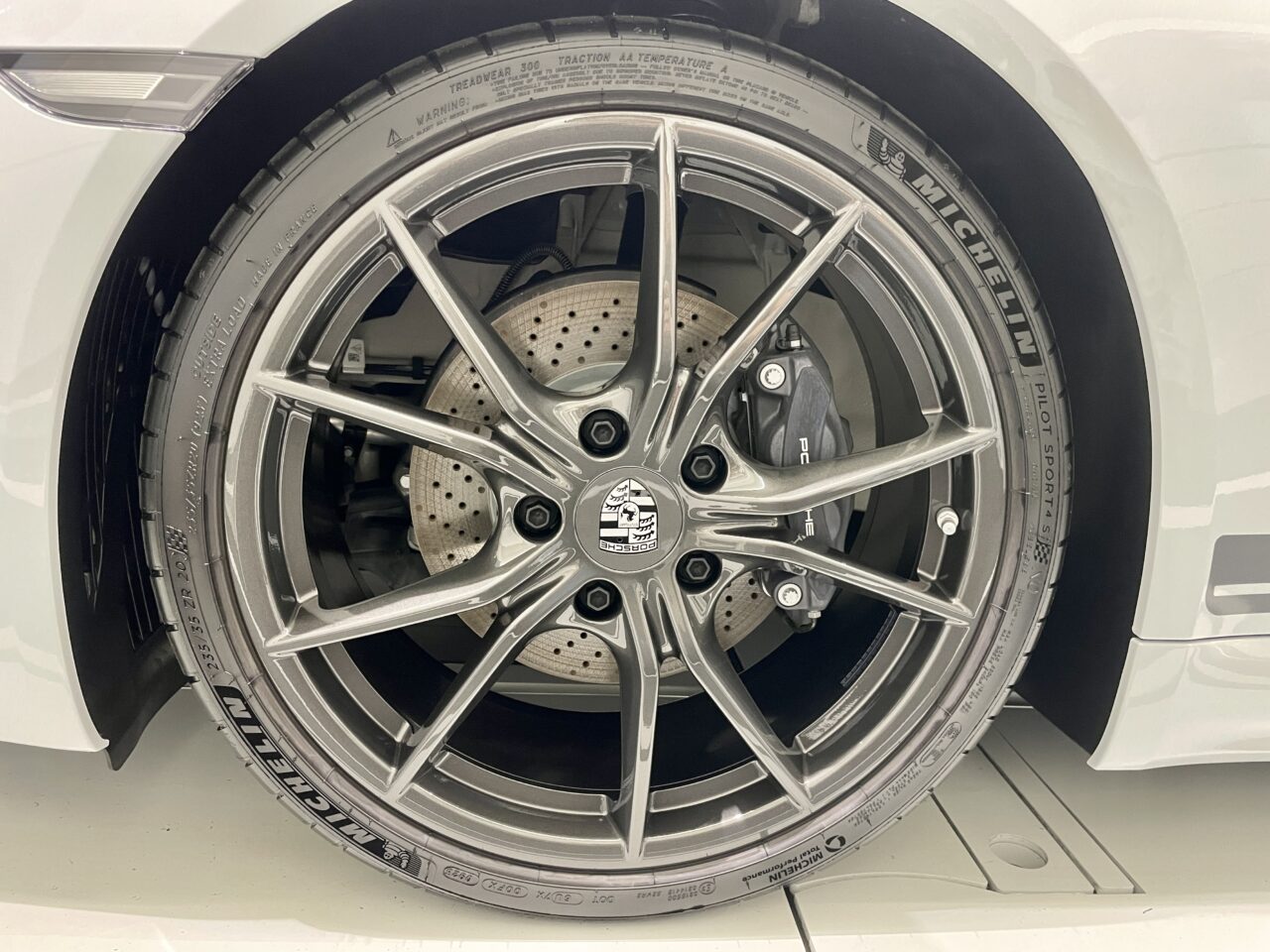
Since we have a 992 Carrera T at home, I can clearly tell the difference.
When driving the Carrera T, I often think, “The chassis tuning is completely different from the Carrera with the same engine.” It’s very nimble yet supple. The perfect balance between ride comfort and sportiness is wonderful, making it clear that Porsche didn’t just make the ‘T’ as a special edition at the end of the model cycle.
The ‘T’ truly embodies the ‘Touring’ spirit in its tuning. This attention to detail is one of Porsche’s best qualities.
The same can be said for the Cayman T.
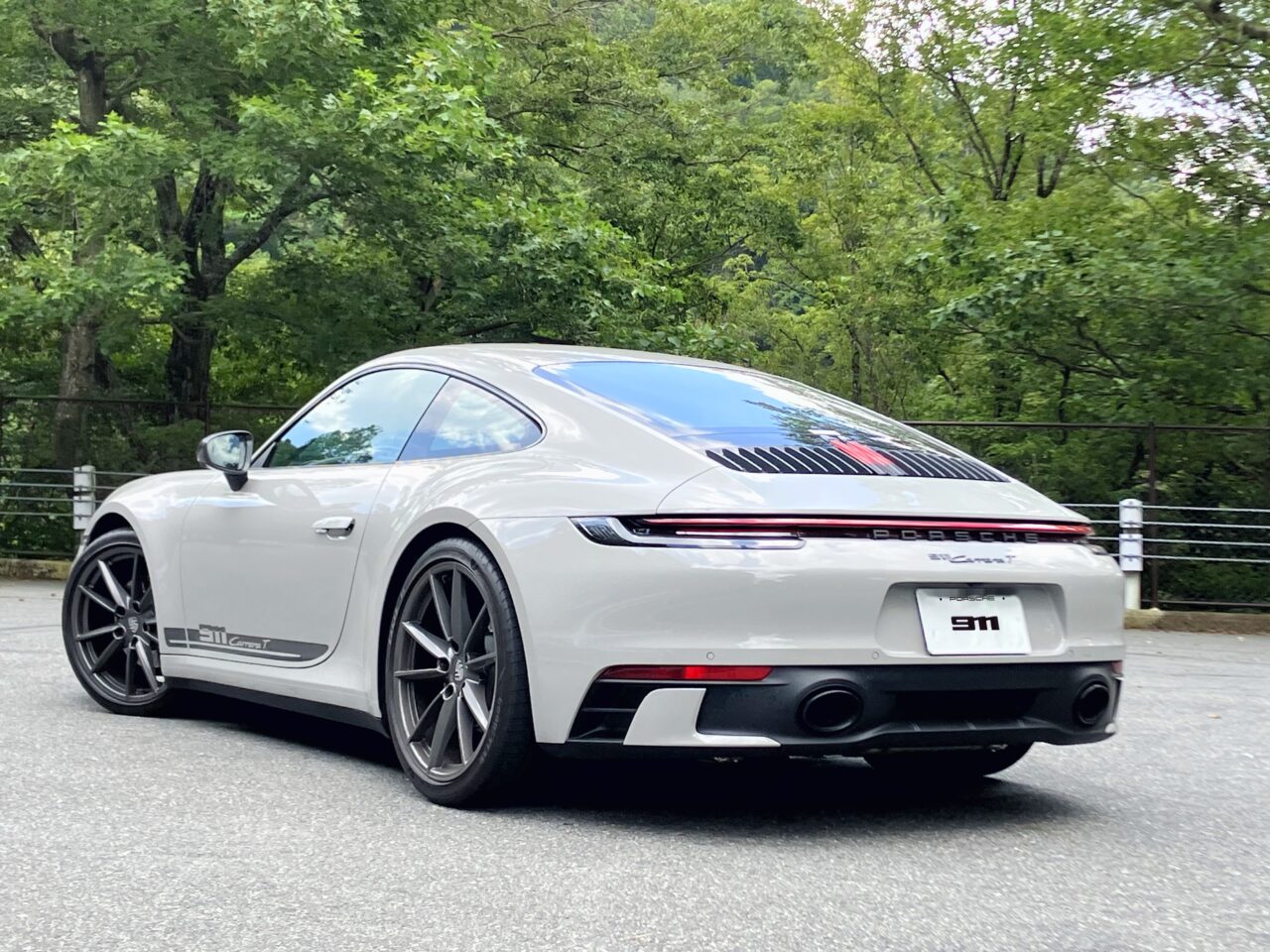
After experiencing the 992 Carrera T, when I drive the Cayman T, I often think, “Indeed, this is how a Cayman should feel as a ‘T’.”
There are many similarities to the Carrera T’s tuning, and the chassis’ nimbleness and suppleness are remarkable. It’s neither too stiff nor too soft, not overly sporty nor too luxurious—hitting the sweet spot perfectly for those who love touring and driving.
Impressions in the City
Regarding the engine, it’s basically the same as the standard 2-liter base 718.
The low-end torque is honestly a bit thin. When driving in normal mode around town, the transmission tends to upshift quickly, so there are moments when you might feel a slight lack of torque or responsiveness. For example, when turning at an intersection, the PDK will automatically downshift from around 5th gear to 2nd or 3rd as you enter the corner, allowing the driver to accelerate gently while maintaining safety. In such situations, the engine speed is often just above 1000 rpm, and accelerating in 2nd or 3rd gear can feel sluggish, making you wish for a bit more eager response.
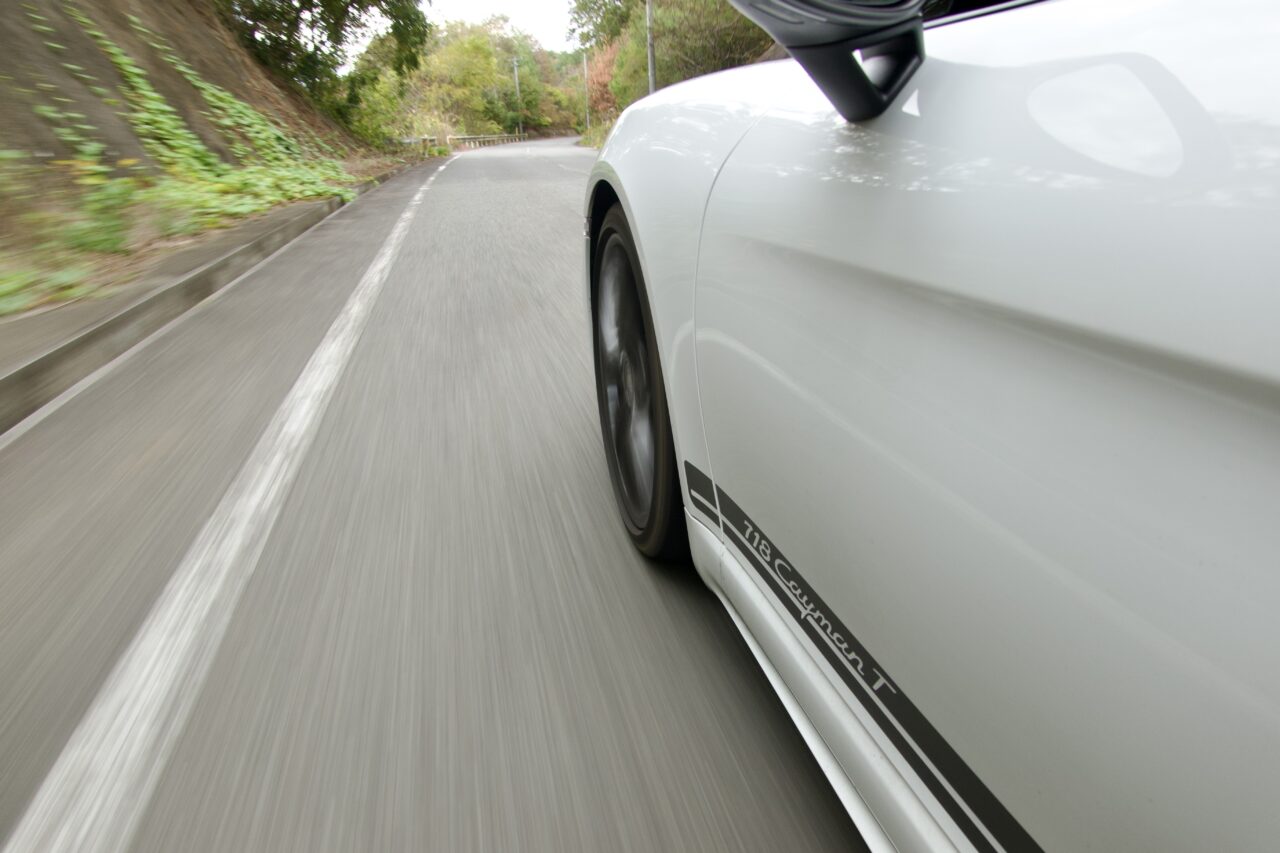
Therefore, I recommend driving in Sport mode in the city. Porsche’s recent normal modes feel like they’re pushing too hard to meet fuel economy standards and are more like “eco modes.” This tendency is especially strong in the 718, where the PDK upshifts more than necessary.
If you want to truly experience the charm and usability of that 2-liter engine, Sport mode can almost be considered the “normal mode.”
When Sport mode is selected, the idle speed increases, which shortens the time until boost kicks in. Also, the PDK chooses a lower gear, resulting in more appropriate gear selection. During acceleration, it holds 1st gear longer before shifting to 2nd, allowing you to operate in a rev range where torque is sufficient, making driving easier.
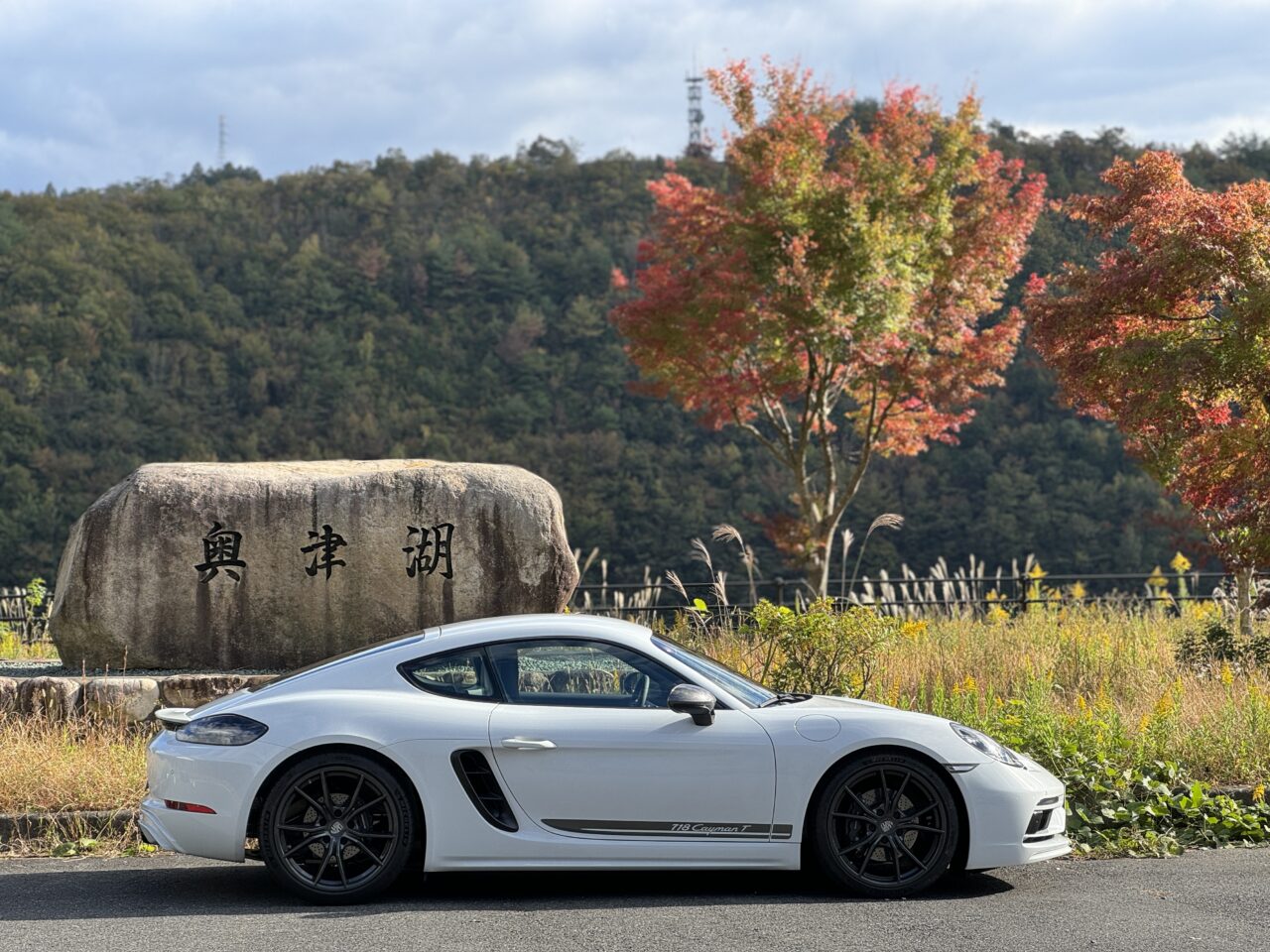
A slight digression: I often hear that the 718’s PDK has many failures, but I believe one cause might be that normal mode selects excessively high gears, and driving mostly in low-speed city traffic in Japan puts heat and stress on the transmission.
In fact, when driving in normal mode around town, the gears are too high, making the 718’s engine struggle, and sometimes you can even feel a brief judder from the transmission. So, it seems better to drive mostly in Sport mode or manual shift to reduce stress on the engine and transmission.
By the way, the ride comfort is excellent—better than the 992 Carrera T.
Compared to a 718 Cayman without PASM (18-inch wheels) that I’ve driven before, it’s quite different. Although the Cayman T has 20-inch wheels and PASM Sport, many might imagine the ride is harsh, but it’s quite the opposite. It feels like the car’s class has been raised by about two levels compared to the base Cayman without PASM.
This means even compared to a Cayman with regular PASM, the ‘T’ feels firmer yet more comfortable and gives an impression of higher quality.
Engine and Sound
On the other hand, when driving above 2000 rpm, this engine has no issues at all.
It’s actually very manageable and delivers more than enough power. You might be surprised this is a 2-liter 4-cylinder, but it runs lively, so rest assured.
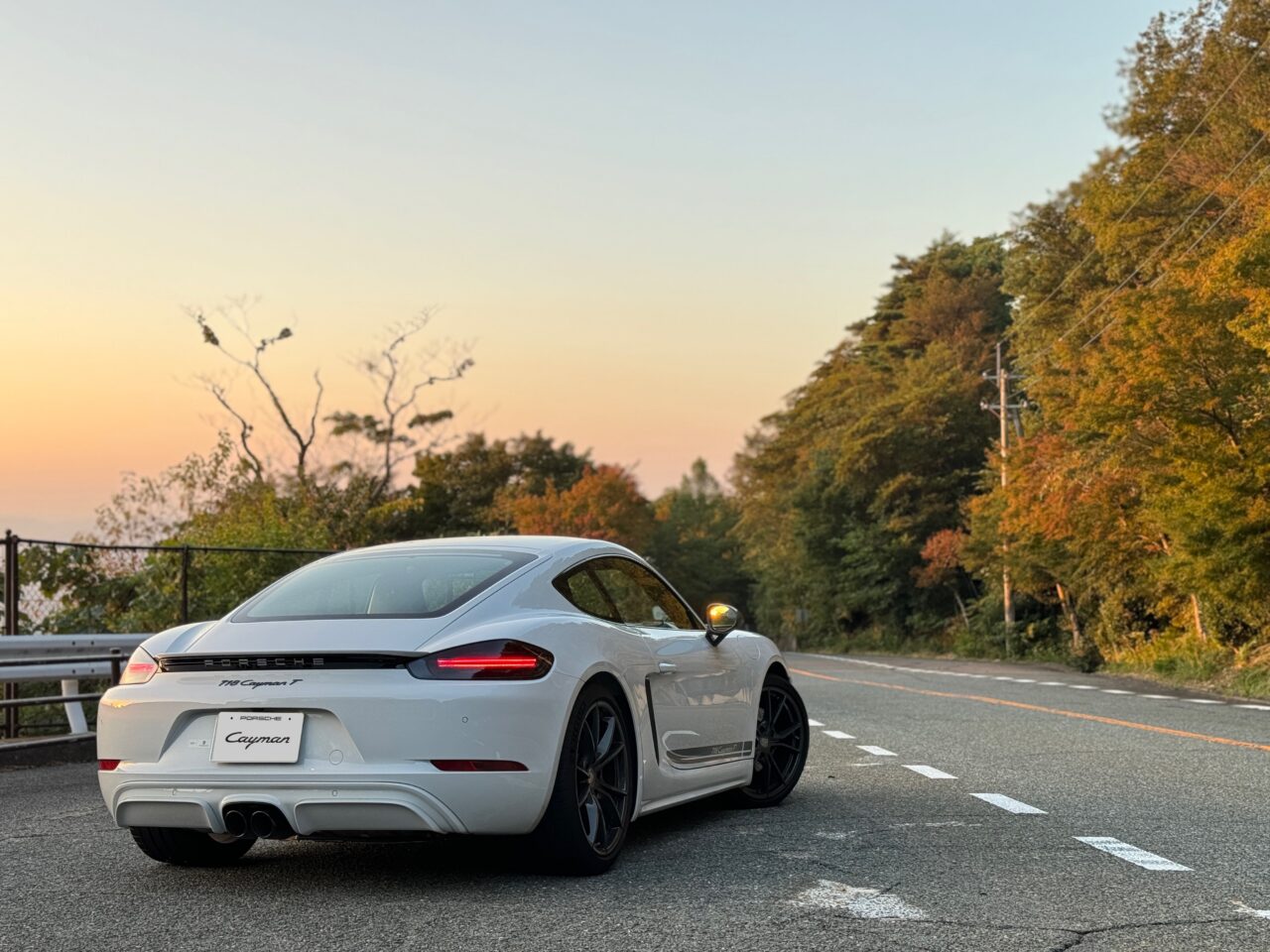
The 718’s engine features systems called “Preconditioning” and “Dynamic Boost.” The former optimizes the turbocharger’s efficiency when Sport or Sport Plus mode is active. The wastegate valve closes, increasing engine intake volume and maintaining boost pressure, improving throttle response and torque at full throttle.
The latter keeps the throttle valve open temporarily when you lift off the accelerator from full throttle, maintaining boost pressure. This allows the engine to respond quickly like a naturally aspirated engine when you press the accelerator again.
Thanks to these controls, the engine’s feel at steady revs is excellent.
The response is truly sharp and faithfully follows your right foot’s movements. The power is more than sufficient, and I doubt many would say it’s slow. In fact, having more power might make it harder to push hard on winding roads, so this level is just right.
I believe this is one of the easiest and most enjoyable Porsche engines for amateurs to rev hard and have fun on the track.
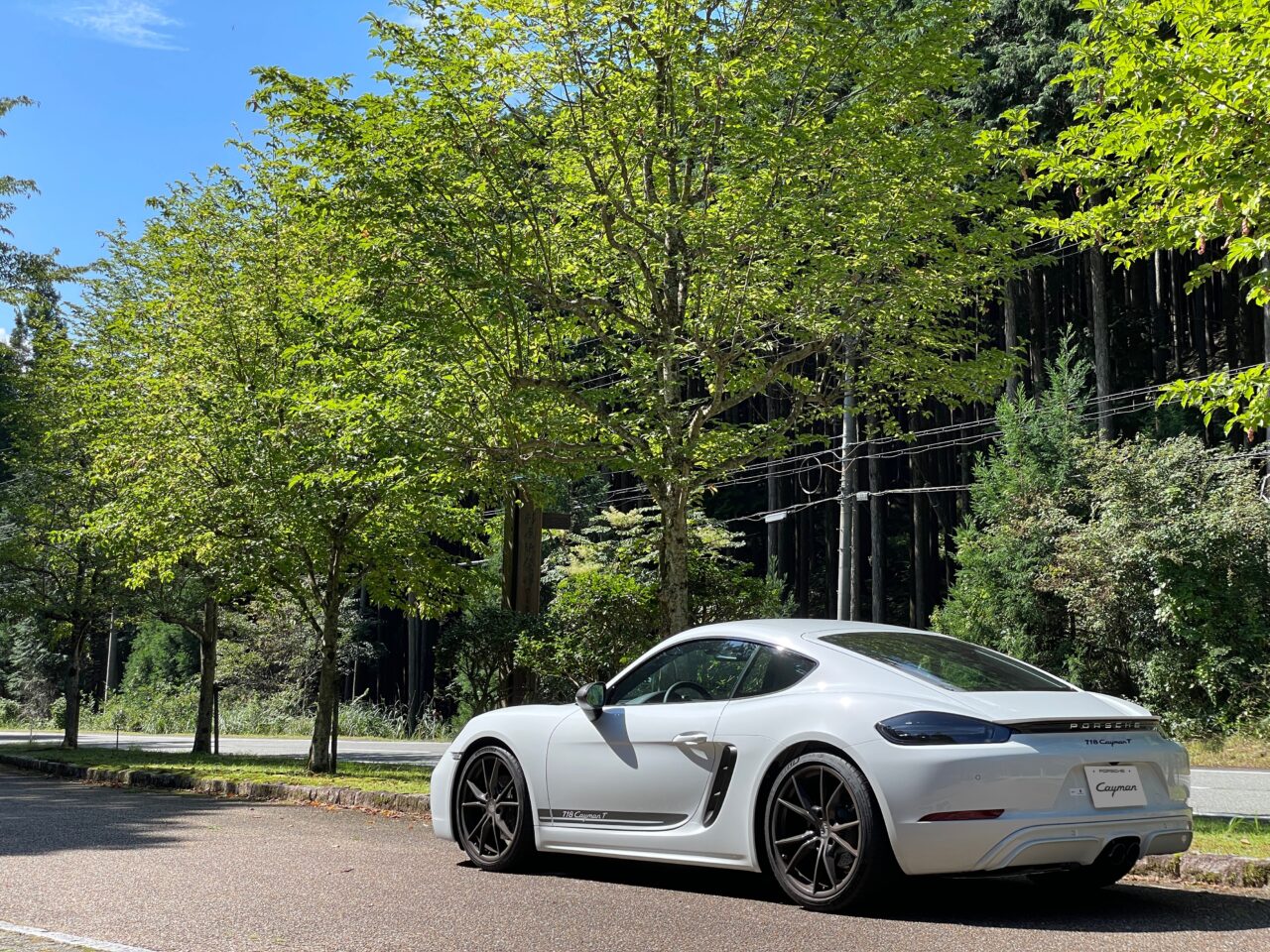
Regarding sound, the Cayman T lost the option for a sports exhaust from a certain model year onward. My Cayman T doesn’t have the sports exhaust, and it’s equipped with a GPF (Gasoline Particulate Filter). Does that mean it’s quiet? Not at all.
Compared to domestic sports cars, the volume is much louder, and it’s never a quiet car when driving. Even among 718s, models with the 4.0-liter NA engine like the GTS or Spyder tend to feel quieter at low speeds because their valves close more distinctly.
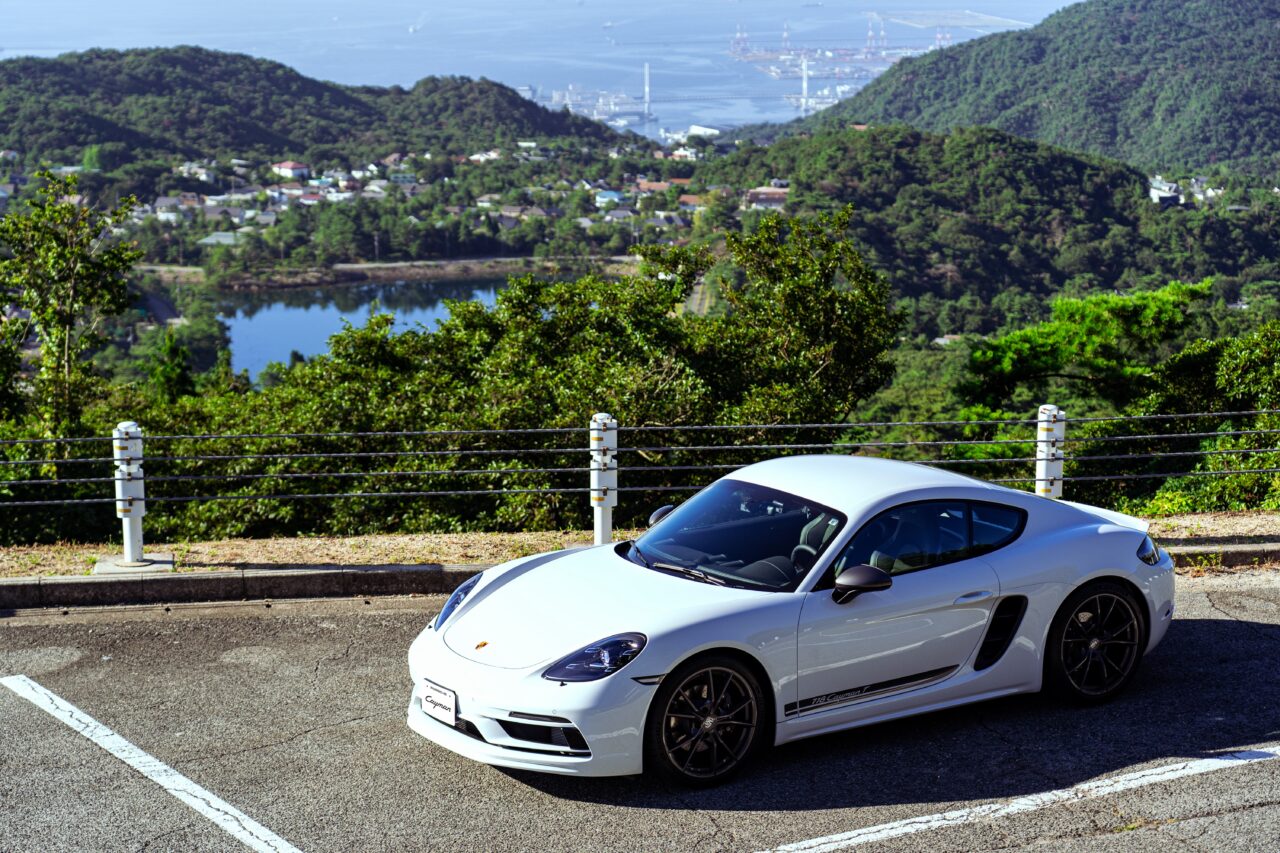
The sound quality, being a 4-cylinder, can’t match the singing 6-cylinder engines before the 981 generation. However, in this Cayman T without the sports exhaust, the sound is clean without harshness, making it stress-free to listen to for long periods. I’ve also driven the base Cayman with the sports exhaust, which is louder and more exciting but also a bit noisy. Compared to that, you can think of this sound as having just the noisy parts removed.
Personally, while it can’t quite beat the clear tones of the 981 or 991.1, the sound is far from unpleasant. In fact, when revving higher, the sporty sound is enjoyable and easy to listen to even on long tours.
In the second part, I’ll talk about handling on winding roads and high-speed stability on the highway.
このブログが気に入ったらフォローしてね!


Comment ( 0 )
Trackbacks are closed.
No comments yet.